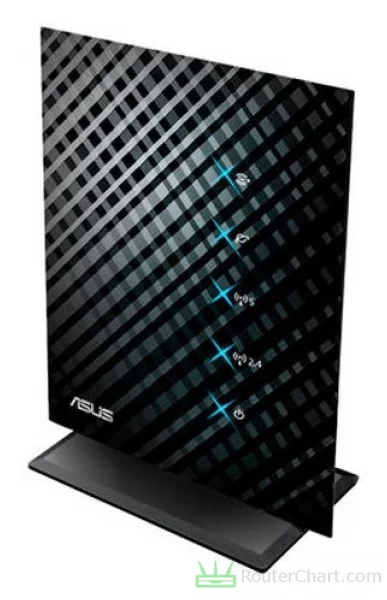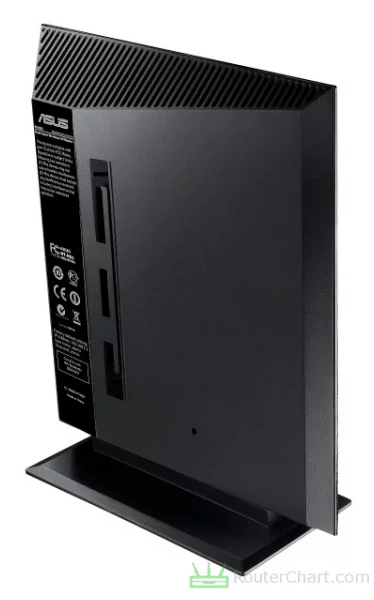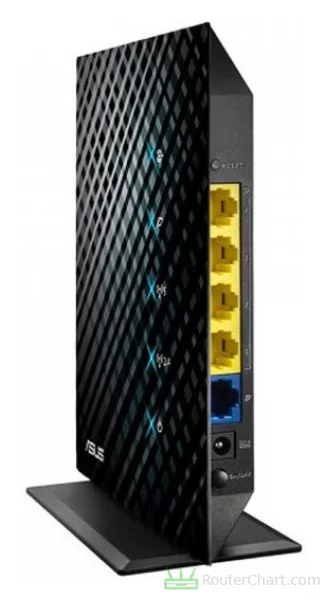Asus RT-N53 router review
Asus introduced the RT-N53 router in 2011. It is powered by Broadcom BCM5358UB0 @ 500 MHz chipset, 32 MB of RAM, and 8 MB of flash memory.
Curious if this Asus router is a real gem? Read on!
Table of Contents
- Asus RT-N53 specifications
- Body, dimensions, weight
- System, chipset, RAM, flash, power supply
- Network, protocols, WAN and LAN ports
- Wireless, antennas, speed, security
- Connectivity
- Administration, user interface, login information
- Links
- Verdict, Pros and Cons
- Photos
- Comparisons
Our personal experiences and opinions form the basis of this article. We aimed to share insights on a topic, and we hoped others would find it useful and inspirational. If you noticed any mistakes or missing details about the Asus RT-N53, please let us know.

The RT-N53 is a popular router model from Asus, and many users have given it positive reviews. Asus is known for being a respected and well-known maker of networking equipment.
Asus RT-N53 specifications
| Brand | Asus |
|---|---|
| Name | RT-N53 |
| Type | RT-N53 |
| Rating | |
| Launch | 2011 |
Body
| Dimensions | 172 x 145 x 60 mm |
|---|---|
| Weight | 330 g |
If you plan to move a lot and need to take your router with you, the size is important. Otherwise, the size isn't too crucial. The weight of the router is not typically a critical factor for most setups.

System
| Chipset | Broadcom BCM5358UB0 @ 500 MHz |
|---|---|
| RAM | 32 MB |
| Flash | 8 MB |
| OS | Asus |
| Power supply | 12 V / 1 A |
The Broadcom BCM5358UB0 @ 500 MHz CPU provides processing power. You cannot expand the router's memory (32 MB). When selecting a router, it's essential to think about the RAM specifications.

Network
| Protocols | IPv4 |
|---|---|
| LAN ports | 4 x 10/100 Mbps |
| WAN ports | 1 x 10/100 Mbps |
| Mobile network | no |
| VPN support | no |
The RT-N53 features a Fast Ethernet WAN port that has a maximum speed of 100 Mbps.

Wireless
| Antennas | 2 x 4 dBi internal |
|---|---|
| 2.4 GHz | yes |
| 5 GHz | yes |
| 60 GHz | no |
| Standards | IEEE 802.11a/b/g/n |
| Class | N600 |
| Speed | 300 + 300 Mbps |
| Transmit power | 20 dBm |
| Security | WEP WPA WPA2 |
| Guest network | no |
The router supports the 2.4 GHz Wi-Fi. The 5 GHz band provides faster data transfer speeds compared to the 2.4 GHz band. Older routers have a more limited range than newer Wi-Fi standards. So, they're less suitable for larger homes or offices. The introduction of WPA2 (Wi-Fi Protected Access 2) improved upon WEP. It provides stronger security.
Connectivity
| USB ports | no |
|---|---|
| Print server | no |
| File server | no |
The RT-N53 router doesn't have file-server or print-server functionality.
Administration
| Default IP | 192.168.1.1 |
|---|---|
| Default username | admin |
| Default password | admin |
Changing the password often is a good security practice. It protects your network and devices from unauthorized access. Changing the default password improves your router's security. It reduces the risk of unauthorized individuals controlling your network.
Links
| Official site | https://www.asus.com/ |
|---|
Pros and Cons
Every router, including this Asus one, has its good sides and not-so-good sides. Let's take a closer look at both to get a full understanding of what this router can do. Just remember, this is just what I think, and you might see things differently.
Pros
- lightweight
- works on 5 GHz band
Cons
- insufficient flash
- lack of Gigabit LAN
- Non-gigabit WAN port
- missing Wi-Fi 6 support
- lacks Wi-Fi 5 compatibility
- reduced Wi-Fi bandwidth
- incompatible with WPA3
- missing WPS support
- no USB connectivity
Asus RT-N53 photos





Asus RT-N53 comparisons
We've noticed that many of our visitors like to compare the Asus RT-N53 router with these popular models.
If there’s information about the Asus RT-N53 that you would like to see on this site, then write to us.
Updated: May 25, 2024





